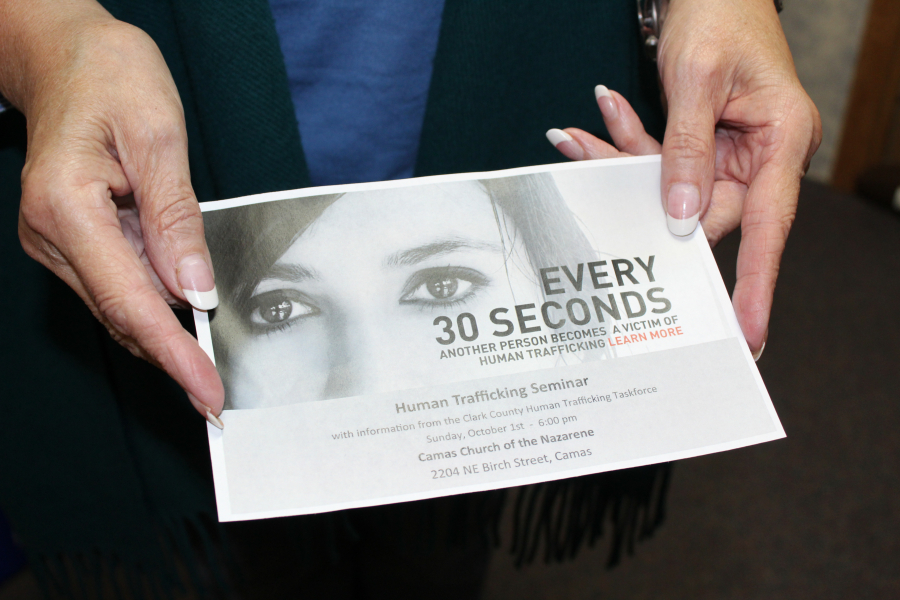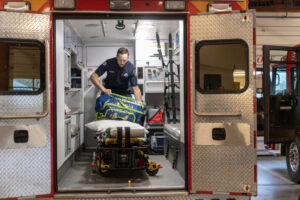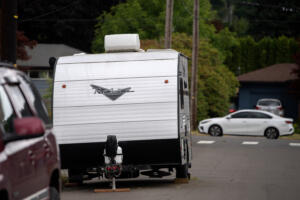Dozens of Camas-Washougal community members turned out Sunday night to learn more about the pervasive but often-hidden issue of human trafficking.
Lesa Sims, a former youth pastor at the Camas Church of the Nazarene and member of the church’s Missions Committee, which hosted the free community seminar, kicked things off with a few simple, but still remarkable, facts.
“There are more slaves today than there ever have been,” Sims told the crowd gathered at round tables inside the church’s former chapel.
What’s more, Sims said, modern-day slavery — or human trafficking, as it is now known — isn’t something that happens overseas to “other people.”
“This happens here,” Sims told the hushed crowd. “To our neighbors, friends, children, grandchildren … and your presence here tonight indicates your deep concern about this complex issue.”
Following Sims’ introduction, Bettina Boles, a program supervisor at Janus Youth Programs in Vancouver, said county efforts are underway to help identify and assist young victims of human trafficking.





